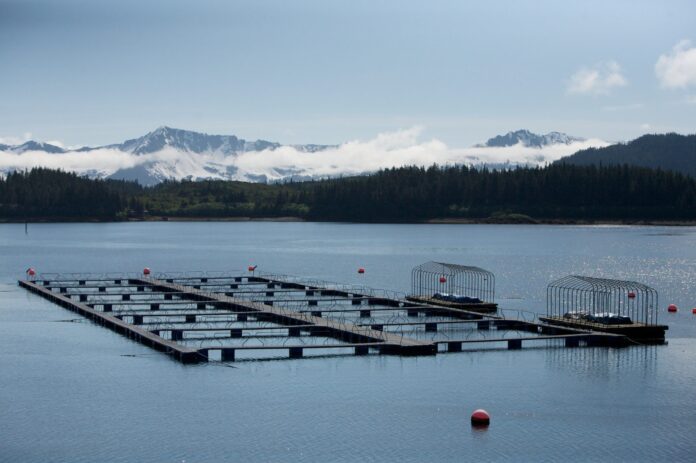Alaskan salmon hatcheries are harming BC sockeye populations, new research shows.
A study published recently in the ICES Journal of Marine Science looked at 40 years of data for eight Alaskan salmon populations. It found that as Alaska increased production of pink salmon through industrial hatchery programs since the 1970s, the species has grown to dominate the North Pacific, where all wild salmon feed and grow.
Pinks now make up 80% of all Pacific salmon.
Pink salmon eat the same food as sockeye, which have seen their populations suffer in terms of individual size and overall abundance while pinks thrive.
The study shows that BC-origin sockeye have declined by 21% while pink salmon numbers have reached record highs.
Study authors say it’s time to reconsider how salmon hatcheries operate.
“It is important to recognize that in the present era, hatchery releases represent a classic ‘zero-sum’ game, where an incremental increase in hatchery releases results in some loss of growth and productivity of wild salmon through increased competition at sea,” they write in their conclusion. “Understanding this dynamic is critical for making responsible decisions related to the management of salmon hatcheries and conservation of wild Pacific salmon.”
They point out that climate change, particularly warming oceans, coupled with the pressures from hatchery programs, are driving the population trends.



